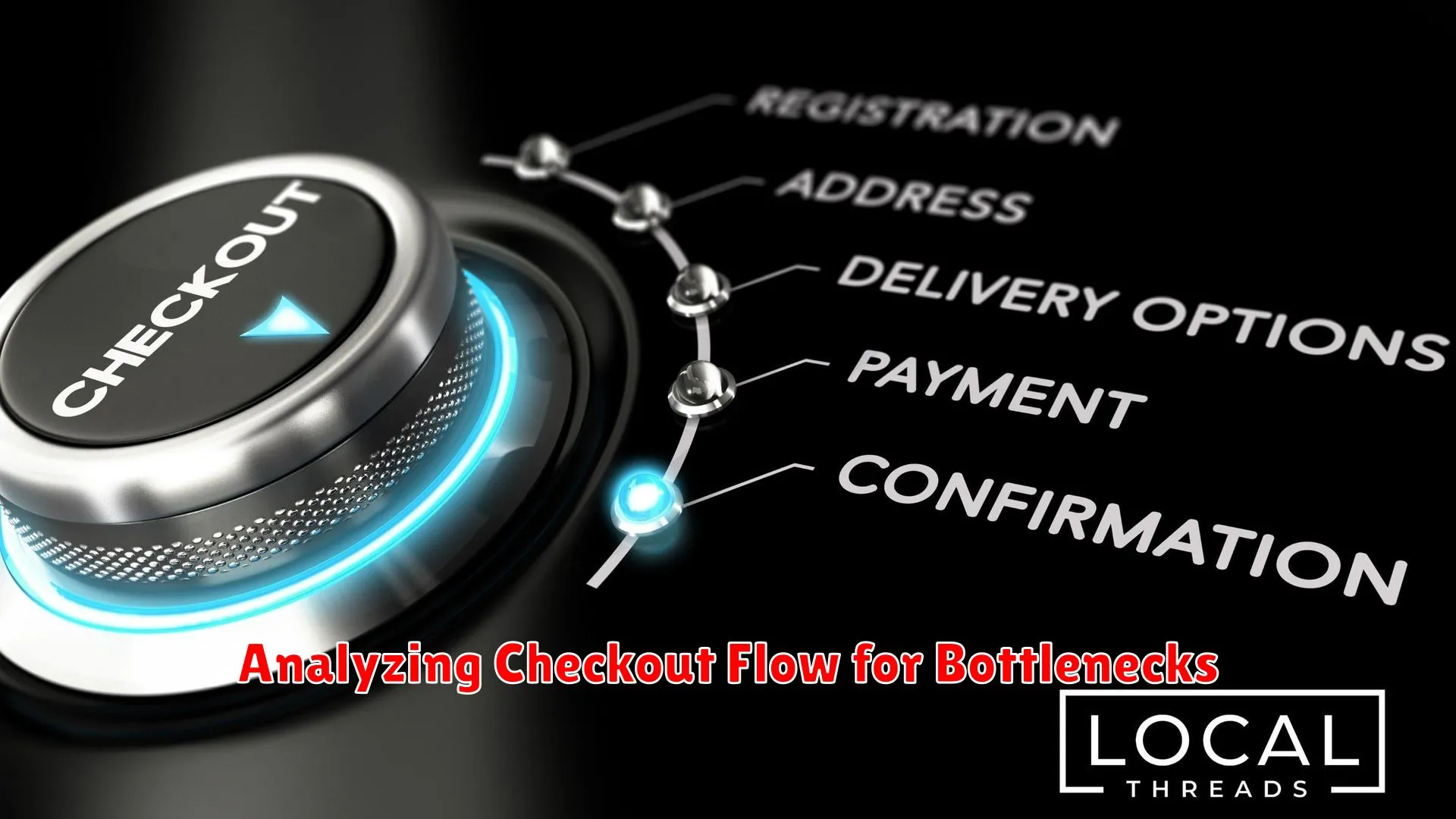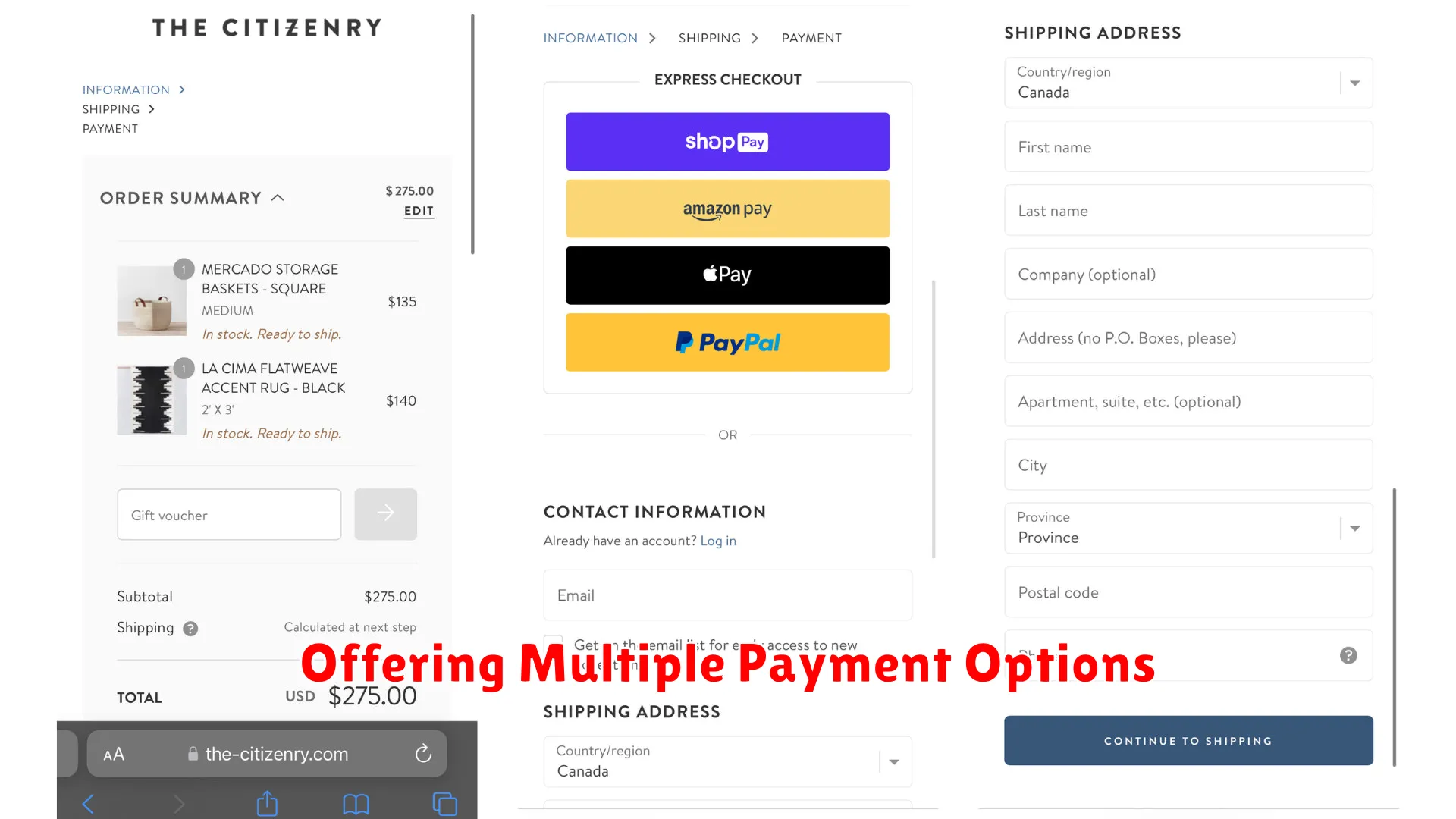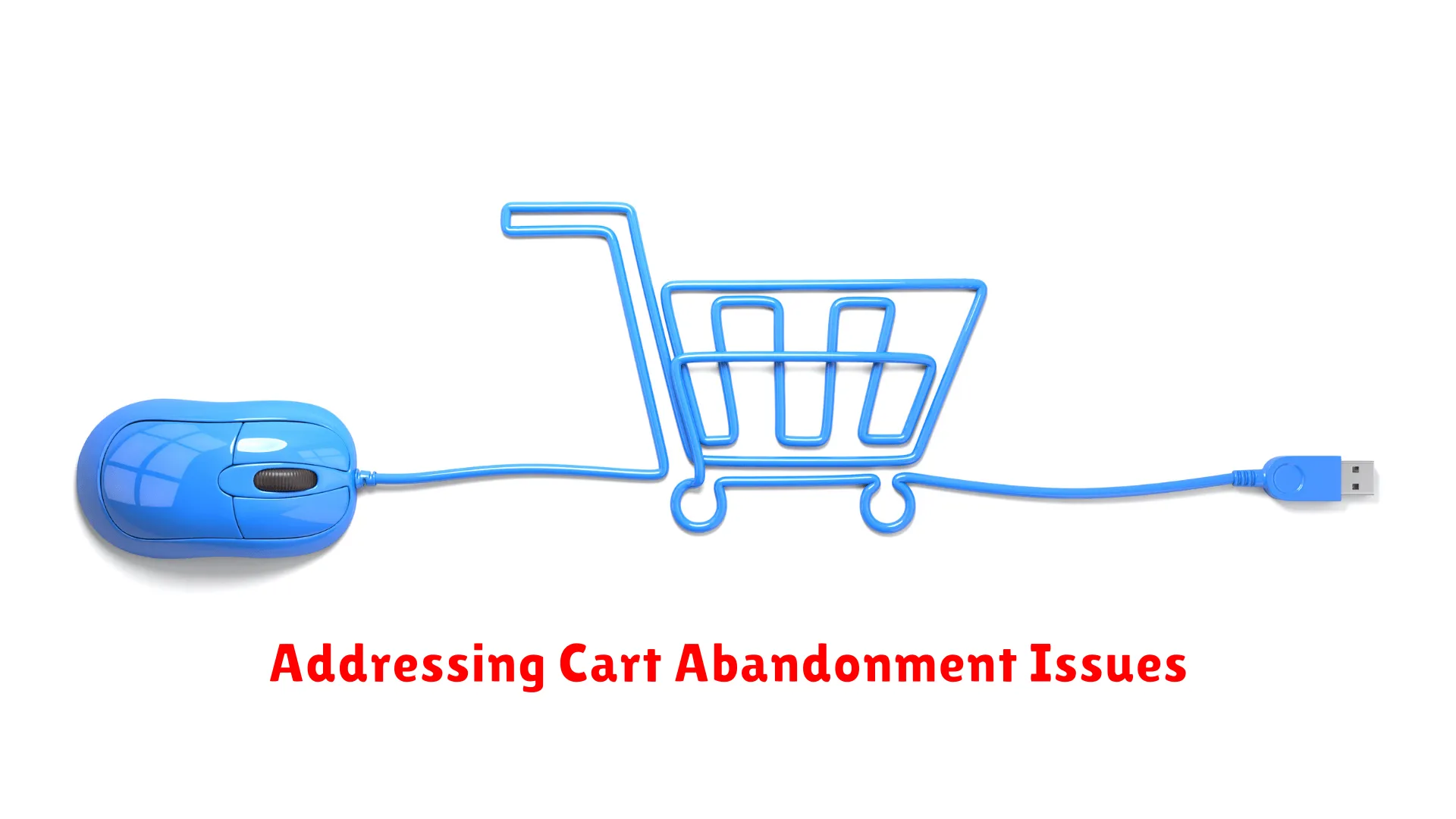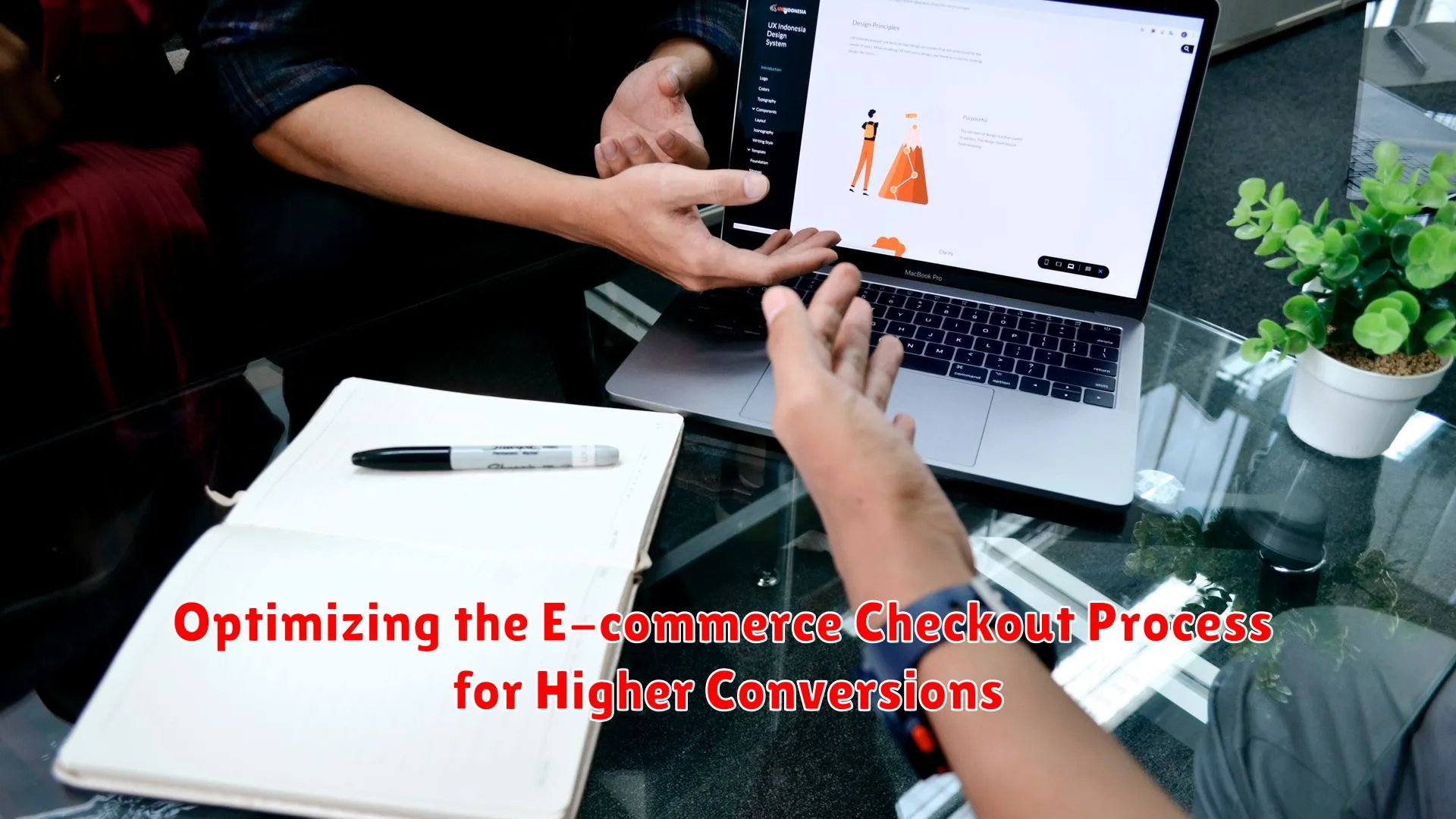Discover key strategies to enhance your e-commerce checkout process for increased conversion rates. Learn how to streamline the user experience and reduce cart abandonment with optimized checkout pages.
Analyzing Checkout Flow for Bottlenecks

When it comes to optimizing the e-commerce checkout process for higher conversions, one crucial aspect to focus on is analyzing the checkout flow for bottlenecks. Identifying potential areas where customers may encounter obstacles or hurdles during the checkout process is essential for streamlining and improving the overall user experience.
By analyzing the checkout flow, e-commerce businesses can pinpoint specific steps that may be causing friction or leading to cart abandonment. Common bottlenecks in the checkout process include lengthy forms, unexpected costs, complex navigation, and cumbersome payment options.
Through data analysis and user testing, companies can determine where customers are dropping off and address these pain points accordingly. By streamlining the checkout flow, optimizing page loading times, and ensuring a seamless transition from product selection to final purchase, e-commerce websites can increase their conversion rates and drive more sales.
Simplifying the Checkout Interface

When optimizing the e-commerce checkout process for higher conversions, simplifying the checkout interface is crucial. A complex and confusing checkout page can lead to cart abandonment and lower conversion rates. Here are some key strategies for simplifying the checkout interface:
1. Streamline the Steps
Reduce the number of steps required to complete the checkout process. Limit the amount of information customers need to provide and eliminate unnecessary fields. A streamlined checkout flow makes it easier for customers to complete their purchase quickly.
2. Clear Call-to-Actions
Use clear and prominent call-to-action buttons that guide users through the checkout process. Make sure buttons like “Proceed to Checkout” or “Place Order” are easily visible and stand out on the page. This helps customers navigate through the process effortlessly.
3. Guest Checkout Option
Implement a guest checkout option that allows users to make a purchase without creating an account. Providing this option reduces friction for first-time customers and can significantly improve conversion rates. Keep account creation as an optional step.
4. Visual Progress Indicators
Include visual progress indicators that show customers where they are in the checkout process. This helps them understand how many steps are remaining and reduces anxiety about the length of the process. Progress bars or numbered steps can enhance the user experience.
5. Mobile-Friendly Design
Ensure that the checkout interface is optimized for mobile devices. A responsive design that adapts to different screen sizes and devices is essential for a seamless checkout experience on smartphones and tablets. Make sure buttons and form fields are easily clickable on mobile.
Offering Multiple Payment Options

When it comes to optimizing the e-commerce checkout process for higher conversions, one vital aspect to consider is offering multiple payment options to customers. Providing diverse payment methods can significantly enhance the user experience and increase the likelihood of completed purchases.
Offering flexibility in payment choices is crucial as it caters to different customer preferences and needs. Some customers may prefer using credit cards, while others may opt for digital wallets or alternative payment methods. By accommodating various payment options, e-commerce businesses can attract a broader audience and reduce cart abandonment rates.
Furthermore, security concerns often influence customers’ decisions when making online purchases. By offering multiple secure payment gateways, such as SSL encryption and trusted third-party processors, businesses can establish trust with customers and reassure them that their financial information is safe.
Streamlining the checkout process by integrating popular payment gateways like PayPal, credit card processors, and mobile payment solutions can simplify the payment process for customers. This convenience can lead to higher conversion rates and improved customer satisfaction, ultimately boosting e-commerce sales.
Addressing Cart Abandonment Issues

Cart abandonment is a significant challenge faced by many e-commerce businesses, impacting their conversion rates and revenue potential. To optimize the e-commerce checkout process and reduce cart abandonment rates, it is crucial to address key issues that may deter customers from completing their purchases.
1. Simplify the Checkout Process
One common reason for cart abandonment is a complex or lengthy checkout process. Streamlining the steps involved in completing a purchase can help improve conversion rates. Minimize the number of form fields required, offer guest checkout options, and provide clear guidance throughout the process.
2. Implement Trust Signals
Building trust with customers is essential to reduce cart abandonment. Displaying trust signals such as secure payment gateways, SSL certificates, and customer reviews can instill confidence in shoppers and alleviate concerns about the safety of their transactions.
3. Offer Transparent Pricing and Policies
Hidden fees or unclear return policies can lead to cart abandonment as customers may feel misled or uncertain about their purchases. Provide clear information on pricing, shipping costs, and return policies upfront to ensure transparency and build trust with potential buyers.
4. Utilize Remarketing Strategies
Engage with customers who have abandoned their carts by implementing remarketing strategies. Sending targeted emails, offering personalized discounts, or using retargeting ads can remind customers about their abandoned items and encourage them to complete their purchase.
5. Optimize for Mobile Shopping
With the increasing trend of mobile shopping, it is essential to optimize the checkout process for mobile users. Ensure your e-commerce website is mobile-friendly, with easy navigation and seamless payment options to cater to customers shopping on-the-go.
Implementing Post-Purchase Follow-up

After successfully optimizing your e-commerce checkout process to drive higher conversions, it’s crucial to focus on post-purchase follow-up strategies. Implementing effective post-purchase follow-up initiatives can further enhance customer satisfaction, encourage loyalty, and boost repeat sales.
One key strategy is to send a personalized thank-you email shortly after a customer makes a purchase. This not only shows appreciation but also provides an opportunity to upsell related products or services. Including a discount code for their next purchase can incentivize customers to return to your site.
Additionally, requesting feedback through surveys or review requests can help you gather valuable insights into your customers’ shopping experience. Use this feedback to identify areas for improvement and showcase positive reviews to build trust with potential customers.
Conclusion
Streamlining the e-commerce checkout process is key to increasing conversions. By reducing friction, offering multiple payment options, and optimizing for mobile, businesses can maximize sales and enhance the overall shopping experience.

